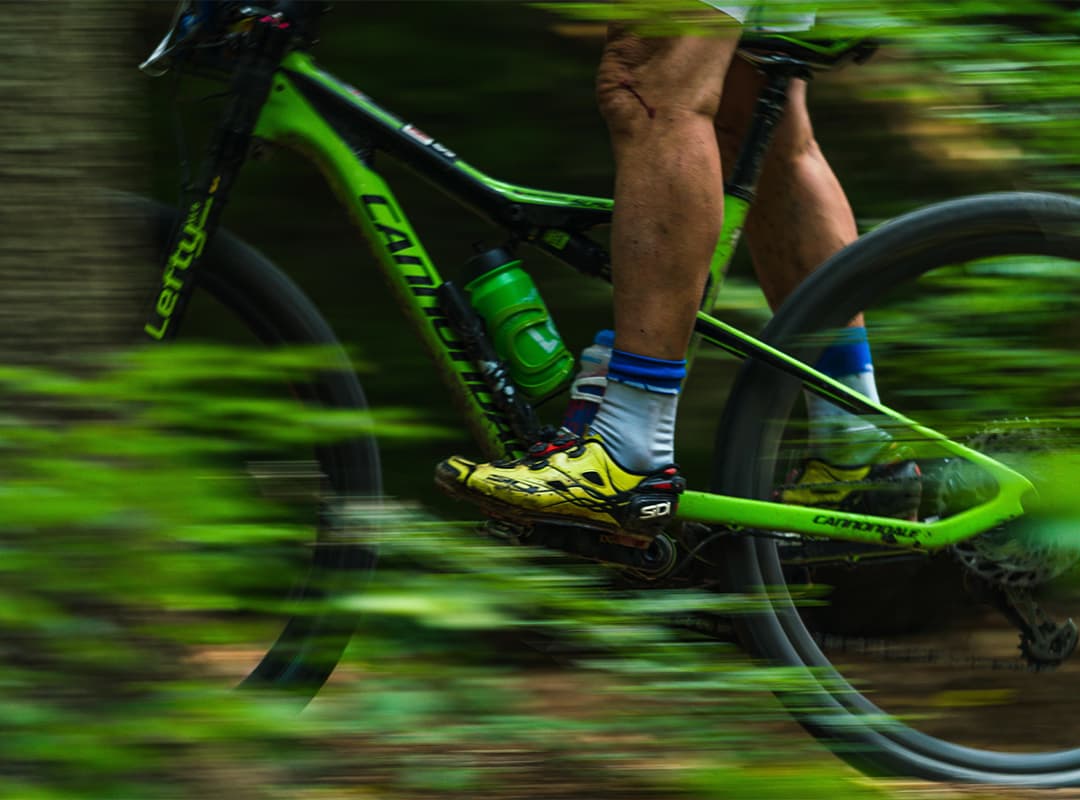Traveling with your mountain bike can be a thrilling adventure, allowing you to explore new trails and terrains far from home. Whether you’re heading to the stunning Rotorua MTB trails or venturing across New Zealand for a biking journey, properly packing your mountain bike is essential to ensure it arrives safely and is ready for action. In this guide, we’ll walk you through the steps to effectively pack your mountain bike for travel, helping you protect your investment and avoid potential damage during transit.
Why Proper Packing Matters
Packing your mountain bike correctly is crucial for several reasons:
- Protection: Ensures your bike is shielded from damage during handling and transport.
- Convenience: Makes it easier to transport and store your bike.
- Compliance: Meets airline or transport company regulations to avoid extra fees or complications.
Step-by-Step Guide to Packing Your Mountain Bike
1. Gather Your Packing Materials
Before you start packing, collect the necessary materials:
- Bike travel case or bag (hard case or padded bag)
- Foam or bubble wrap
- Zip ties or Velcro straps
- Pedal wrench
- Allen wrenches
- Tire levers
- Spare plastic bags
2. Prepare Your Bike
Begin by preparing your bike for disassembly:
- Clean Your Bike: Remove any dirt or mud to prevent contamination and ensure all components are in good condition.
- Remove Accessories: Take off any accessories like lights, pumps, and bags.
- Deflate Tires: Partially deflate your tires to reduce pressure and prevent them from expanding during transit.
3. Disassemble Your Bike
Carefully disassemble your bike to make it fit into the travel case or bag:
- Remove the Front Wheel: Use a quick-release lever or a tool to remove the front wheel. Place it in a separate section or wrap it in bubble wrap.
- Remove the Rear Wheel: Depending on your case, you may need to remove the rear wheel as well. Wrap it in bubble wrap or a plastic bag.
- Detach the Pedals: Use a pedal wrench to remove the pedals. Store them in a small plastic bag to avoid scratches.
- Lower the Seat Post: If your bike has a dropper post, lower it to save space and prevent damage. Secure it with Velcro straps if necessary.
- Remove the Handlebars: If possible, remove the handlebars and stem. Secure them to the frame or place them in a dedicated compartment of your case.
4. Protect Key Components
Use foam, bubble wrap, or padded sleeves to protect key components:
- Wrap the Frame: Cover the frame with foam or bubble wrap, paying special attention to the areas where it might come into contact with other parts.
- Protect the Fork: Wrap the fork with foam or place it in a designated section of your travel case.
- Secure the Wheels: Place the wheels in protective sleeves or wrap them in bubble wrap and secure them with zip ties or straps.
- Cover the Drivetrain: Protect the drivetrain and derailleurs with additional foam or bubble wrap to prevent scratches or damage.
5. Pack the Bike in the Case or Bag
Carefully place all the disassembled parts into the bike travel case or bag:
- Place the Frame: Position the frame in the case, ensuring it is well-protected and secured.
- Add Wheels: Insert the wheels in designated compartments or alongside the frame.
- Include Accessories: Pack any remaining parts, such as pedals, handlebars, and seat post, in small compartments or plastic bags within the case.
- Fill Gaps: Use additional foam or padding to fill any gaps and prevent movement during transit.
6. Seal and Label the Case
Once everything is packed securely:
- Seal the Case: Close the travel case or bag and ensure it is properly sealed.
- Label Your Case: Attach any necessary labels or tags with your contact information to the case. Include any special instructions or handling requirements.
7. Check Transport Regulations
Before you travel:
- Review Airline Regulations: If flying, check the airline’s specific regulations for bike transport. Some airlines have size and weight restrictions or require special handling.
- Confirm Insurance: Consider purchasing insurance for your bike, especially if it’s a high-value model. Verify that your travel insurance covers bike damage or loss.
Practical Example: Rotorua MTB Hire
If you’re planning to explore the Rotorua MTB trails, you might also consider renting a bike. Many rental services in Rotorua offer high-quality bikes suited for the local trails. However, if you prefer to bring your own, following these packing guidelines will help ensure your bike arrives in pristine condition and ready for action.
Properly packing your mountain bike for travel is essential for protecting your gear and ensuring a smooth start to your adventure. By carefully disassembling your bike, using protective materials, and following transport regulations, you can enjoy exploring the diverse trails of New Zealand, from the thrilling descents of Rotorua MTB to the breathtaking landscapes of the entire country. So, pack your bike with care, and get ready for an unforgettable mountain biking experience!
